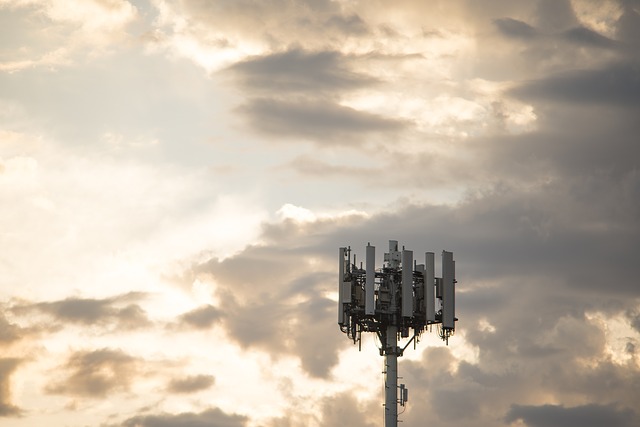
In one of my last projects, I had the opportunity to implement a 4G LTE Cat-1 modem. After digging through a few 2G, 3G, 4G Cat-4/6, Cat-M1, Cat-NB1 modems, there is a push for LTE Cat-1 solutions from modem manufacturers. Let’s get into some details:
What it is : 4G LTE Cat-1
4G is the business name for the technology, LTE (Long-Term Evolution) is the technical name. It is the same technology currently found in smartphones.
The term Cat-1, reads Category 1, this is the smallest throughput category on the LTE standard. This category uses a single 20 MHz frequency slot, which will allow it to provide data rates of around 10 Mbps in download and 5 Mbps in upload.
As a comparison, a Cat-6 LTE will use multiple carriers, use more complex signal modulation (64QAM instead of 16QAM), which will increase theoretical data rates to 300 Mbps in the downlink direction. This creates more computational complexity, which results directly in power consumption.
However, Cat-1 should not be confused with Cat-M1, which is a technology optimized for connected objects, Cat-M1 will use a bandwidth of 1.4 Mhz. This translates with speeds of up to 1 Mbps, but a consumption on average 4 times lower.
In summary, LTE Cat-1 is classic 4G with moderate throughput, compatible with existing 4G networks..
| Specification | LTE Cat-6 | LTE Cat-1 | LTE Cat-M1 | LTE Cat-NB1 |
| Marketing Name | 4G+ | 4G | LTE-M | Nb-Iot |
| Theoretical Download Rate | 300 Mbps | 10 Mbps | 1 Mbps | 0,26 Mbps |
| Theoretical Upload Rate | 50 Mbps | 5 Mbps | 1 Mbps | 0,17 Mbps |
| Carrier bandwidth | 20 Mhz | 20 MHz | 1,4 Mhz | 0,18 Mhz |
| Number of carriers | 2-4 | 1 | 1 | 1 |
| Transmission current peak (3.6 V) | 900 mA | 750 mA | 200 mA | 150 mA |
Strengths and Weaknesses of the Cat-1
Strengths :
- Uses existing 4G LTE networks.
- Sufficient bandwidth to recover firmware.
- There are modems that cover all useful LTE bands (Worldwide). This avoids regionalization of electronic board production.
- As a bonus, 2G or 3G fall-back is often available on modems, increasing the connectivity possibilities.
Weaknesses :
- High power consumption that prohibits the use of small batteries.
- Current peaks require special attention to the design of power supplies.
- Only some frequency (under the Ghz) allow to have coverage in the most remote places.
In conclusion
By the end of 2021, the deployment of LPWAN technologies for IoT: LTE-M and NB-IoT stagnate, few new commercially accessible networks, roaming agreements between operators take a long time to set up. It is understandable that the COVID crisis, the investment priorities on 5G for the general public, and a less profitable IoT business model are currently slowing down the penetration of these technologies.
Getting 10 years of autonomy with 4G Cat-1 technology will remain very complex, so it is difficult to say that this technology is adapted to the constraints of the IoT.
However, it remains a valid solution for industrial connectivity, for Smart-Cities, and is functional and available worldwide today.
A project, questions : Feel free to Contact me
11/10/2021 – Mathieu ROUGEOLLE Skewellabs.com